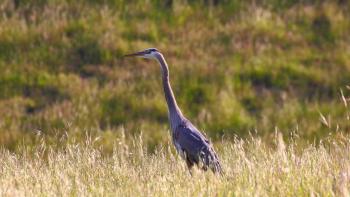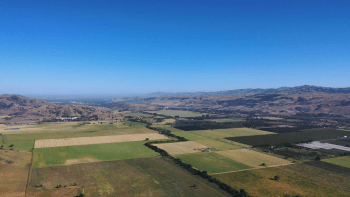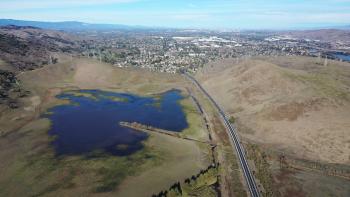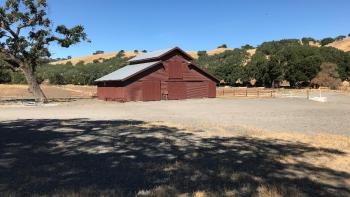Winter, Wetlands, and Waterfowl
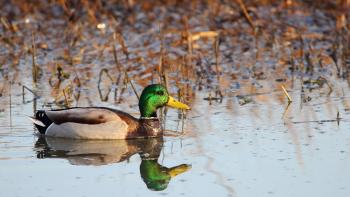
Winter is a critical time for wildlife. Competition is high and resources are low. With minimal vegetation and unforgiving temperatures (by California standards), wildlife must successfully stay warm by finding shelter and food. As the changing climate makes seasonal weather less and less predictable, local wetlands become critical places for shorebirds, seabirds, and waterfowl to survive the cold months.
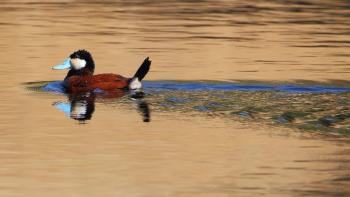
Ruddy ducks and pied-billed grebes are just a couple of the charming species of waterfowl that depend on wetlands in the South Bay year-round. While geese, like the Canada goose (not to be confused with the Canadian goose), the cackling goose and the Ross’s goose – to name a few -- depend on the Bay Area and larger continental U.S. during their long winter migration. Hailing from as far as the high Arctic, these birds seek safe places to rest before continuing their journeys, and the Santa Clara Valley’s local wetlands are the perfect refuge.
From December to February, wetlands like Laguna Seca, (which are typically dry throughout most of the year) fill up as rain returns to the Bay. These seasonal wetlands, as well as ponds like those at Little Uvas that retain water most of the year, are highly productive, creating food and habitat for species like waterfowl and other migratory birds, that depend on these places to sustain them until temperatures rise once again.
Without healthy wetlands, the wide variety of species that depend on them may suffer too. “If we don’t have habitat for these birds, then we won’t have these birds,” says David Mauk, Natural Resource Technician at the Authority. Waterfowl and waterbirds are integral to wetland ecosystems, often introducing new and diverse gene pools of plant life, invertebrates, amphibians, and fish from other wetlands. They can also serve as a food source for predatory birds like eagles and raptors. Mosquitoes have been coined one of the most dangerous animals in the world, but ducks are happy to protect us against them. They love gobbling up larvae that would otherwise grow into pesky, disease-carrying mosquitoes.

As biodiversity continues to decrease rapidly due to climate change and habitat loss, helping native and migratory birds survive and thrive is one of many reasons the Authority dedicates efforts to protecting and restoring wetlands in the Santa Clara Valley. And whatever your reason is for wanting to conserve wetlands, you can take comfort in knowing that this work supports many other species, including people!
Laguna Seca is San José’s largest remaining freshwater wetland, and a large-scale restoration effort is currently underway to bring back its historic hydrology before its destruction in the early 20th century. These healthy wetlands help improve water quality while providing water supply for Silicon Valley and protection for downstream communities by acting as a “sponge” when it rains to help prevent flooding.
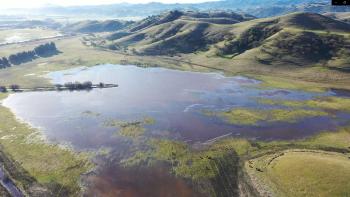
Investing in our natural infrastructure – like wetlands - is one of the smartest investments we can make for ourselves, our wildlife, and future generations.
Click here to learn how the Authority is working with partners to advance innovative, nature-based solutions to climate change for people and wildlife in the Santa Clara Valley and beyond.
